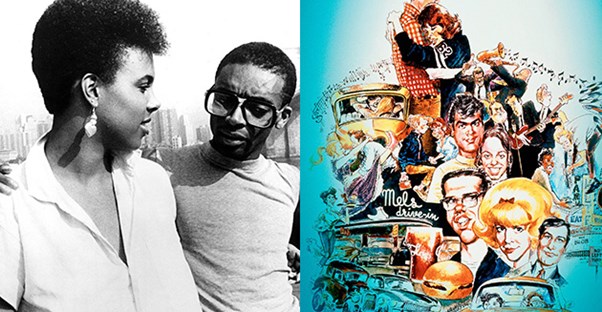My Big Fat Greek Wedding

My Big Fat Greek Wedding has become a classic romantic comedy, but at the time it was released, no one had high expectations for it. With a budget of only $5 million (chump change by Hollywood standards), this charming romance about a clash of cultures went on to make $368 million at the box office.
The most interesting thing about My Big Fat Greek Wedding is that it almost didn’t happen. It started as a one-woman play until Tom Hanks (yes, THE Tom Hanks) and his wife, Rita Wilson (who is Greek like the writer and main star), saw the play. They loved it and funded it. Turns out, it shot Nia Vardalos to superstardom.
Rocky

Rocky was the movie that put Sylvester Stallone on the map, but you would have never guessed this would be his big break judging by the budget. It genuinely only had a tiny $1 million budget. However, people couldn’t get enough of the Italian Stallion, and Rocky went on to make over $150 million.
Not only did it make an insane amount of dough, but Rocky was so successful that it went on to inspire a total of six movies, each of which made over $100 million. It also inspired other boxing movies like Creed. It also provided inspiration for other hugely famous movies like The Karate Kid.
The Blair Witch Project
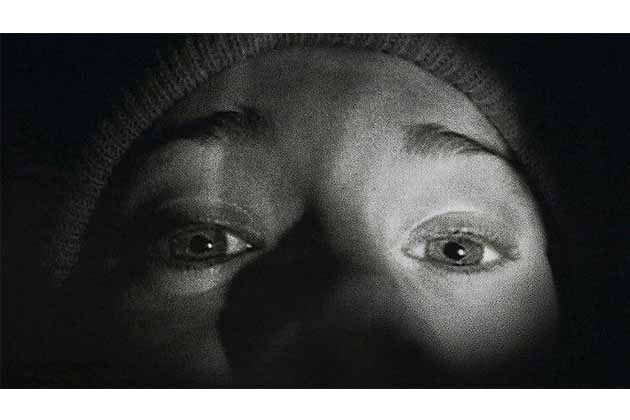
The Blair Witch Project terrified audiences in 1999 with alleged real footage of amateur filmmakers exploring the legend of the Blair Witch. Because of its low-budget premise, it only took about $60,000 to create the movie, but it would go on to make up that budget at the box office...and then some! When all was said and done, The Blair Witch Project had grossed a jaw-dropping $248 million.
There are some more crazy facts about The Blair Witch Project that we have to share. The biggest of which is that the script was only 35 pages! It was written by Myrick and Sanchez when they were film students in Orlando. The rest of the dialogue was designed to be improvised by the actors to make the story seem more real. In addition to that, the main actors made $1,000 per day for the eight-day shoot.
Mad Max

Before the big-budget entries in the Mad Max franchise, there was the original. This post-apocalyptic action-thriller starring Mel Gibson brought in over $1 million. While that may not sound a lot, we want to remind you that the movie was made in 1979, so it was a massive amount of dough. What’s more impressive is that the action-packed film was only made for $300,000.
After the massive amount of money the original made, the sequel came out and it was given a $4.5 million budget. While that still may not sound like much, in 1981, it was over $13 million when you consider inflation. The next film, Beyond Thunderdome, had a $12 budget in 1985. Of course, the series is still going including a Furiosa spinoff, which is expected to release in 2024.
Paranormal Activity

Although it came almost a decade after, Paranormal Activity took a page out of the Blair Witch playbook and went with a low-budget premise -- a couple documenting supernatural occurrences in their home. The budget for this hit movie was a measly $15,000, but it would go on to gross $193 million at the box office.
The low budget really showed that you didn't need an exorbitant budget to make a good movie. It was all about the plot and actors, especially since the majority of the script was ad-libbed. Whether or not Paranormal Activity keeps you up at night, you can't deny they did a fantastic job. Today, there are a total of eight films (and more coming). Overall, the movies have nearly made $1 billion combined at the box office.
My Left Foot

My Left Foot might not be Daniel Day Lewis’ most memorable performance, but it was definitely profitable for everyone involved. This story about a man with cerebral palsy may have only brought in $14 million at the box office, but when you consider it only had a $600,000 budget, those are some impressive returns.
My Left Foot made tons of money, but that wasn't all. It also won an Oscar for Best Actor in a Leading Role (Daniel Day-Lewis) and Best Actress in a Supporting Role (Brenda Fricker). It was nominated for three other categories. That year, it also won two BAFTAs for Best Actor (DDL, again) and Best Actor in a Supporting Role (Ray McAnally).
American Graffiti

It turns out that George Lucas was more than just the creator of Star Wars. His second film, American Graffiti, is a rock-and-roll coming-of-age story starring Ron Howard. The movie had a modest budget of only $750,000, but it became a hit among audiences, bringing in over $115 million.
Even though the film had a modest list of newcomers – people who would later become some of the biggest movie stars of our lives like Richard Dreyfuss, Ron Howard, and Harrison Ford – American Graffiti became one of the top-grossing films of the decade. The success of this movie allowed Lucas to make the sci-fi hit, Star Wars. No one wanted to fund the franchise considering sci-fi films had done so poorly at the box office.
Halloween

There have been so many (usually terrible) Halloween movies that have been released over the years, but the whole franchise got its start with a now-iconic and low-budget thriller starring a young Jamie Lee Curtis. All in all, this iconic slasher film took only $300,000 to create, but it would gross $70 million across the globe.
The movie itself was shot in a total of 20 days, which meant there was a lot of strict scheduling. Because it made so much money, it remained the most profitable independent film of all time until The Blair Witch Project came out. John Carpenter clearly knew his stuff since Halloween still remains influential today. It inspired the music from Stranger Things and It Follows wouldn't exist if it wasn't for Halloween.
Napoleon Dynamite

For a certain period in the early 2000s, people couldn’t get enough of Napoleon Dynamite. The jokes were everywhere, and everyone was loving it. This absurd indie film following the adventures of an awkward teenager in Idaho was full of memorable quotes and offbeat characters. What it wasn’t full of was money.
Napoleon Dynamite had a measly budget of only $400,000. On top of that, its star actor, Jon Heder, was only paid $1,000 for the role of Napoleon. That’s much less than many other movies on this list. Audiences didn’t mind the shoestring budget, apparently, as the movie became a cult hit and brought in over $45 million.
Super Size Me

Documentaries tend to cost less to make than other movies, so Super Size Me’s $65,000 budget isn’t out of the ordinary. What is out of the ordinary is the overwhelming popularity this documentary achieved. Audiences just couldn’t get enough of watching Morgan Spurlock eat McDonald's day after day to the detriment of his health--it brought in over $20 million.
The documentary also made McDonald's change its products and menu, which is pretty massive. After the documentary, the fast-food chain removed their "Supersize" fries and drinks. The chain also started an "Eat Smart, Be Active" initiative, which added salads, fruit, vegetable, and yogurt options to the menu. The company states it was an attempt to "simplify the menu," but it's no coincidence it happened soon after this huge documentary.
Clerks

These days, Kevin Smith is a big name in Hollywood, but back in 1994, most people didn’t have a clue who he was. But that all changed with the release of Clerks -- his debut black and white comedy about convenience store workers. Smith shot the movie in an actual convenience store for only $27,500, but when Clerks hit the big screen, it grossed over $3 million and launched Smith’s career.
Kevin Smith eventually released a Facebook post that showed where each dollar went to. The majority of the budget to went renting a sound mixing and all "sound-related services." All equipment was also rented to save money. During an interview, Smith admitted they scammed Kodak by giving them a 25% discount on stock, claiming that they were students. Gotta save where you can!
Friday the 13th

We’re not sure what it is about the horror genre that inspires so many low-budget movies, but we’re glad it does. Otherwise, we might never have had the classic slasher, Friday the 13th. When it was made in 1980, it only took $550,000 to make. That didn’t stop audiences from loving Jason though, as proven by its $60 million in revenue.
Overall, the film wasn't very well received by critics. Some said that they could tell it was low-budget with "no apparent talent or intelligence to offset its technical inadequacies." It didn't help that Halloween had come out two years prior – the film really raised the bar for independent horror flicks. Regardless, fans loved Friday the 13th, and it's still going strong today.
Night of the Living Dead
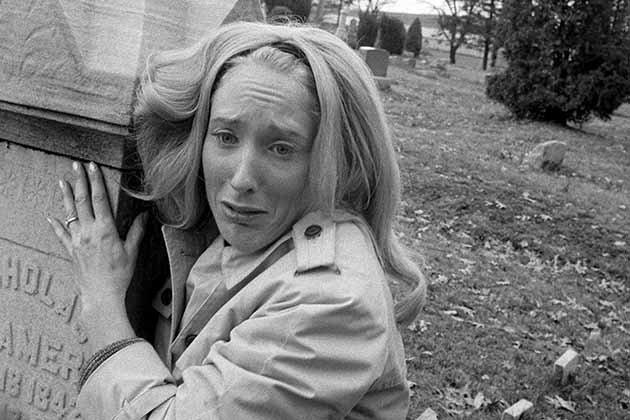
These days, the world is overrun by a plague of zombie movies. However, back in 1968, the zombie craze was just getting started. While Night of the Living Dead wasn’t the first zombie movie ever made, it was the first to become wildly popular, bringing in over $30 million dollars. What makes this truly remarkable is that it only took $144,000 to produce.
Looking back, horror movies wouldn't be the same without Romero. Night of the Living Dead popularized walking zombies while also making scathing commentary on social issues. For many films going forward, Romero's shuffling, walking zombies would be the norm. The shocking thing is that the original idea for the film was supposed to be an alien comedy. Yeah...we're glad he decided against that.
Open Water
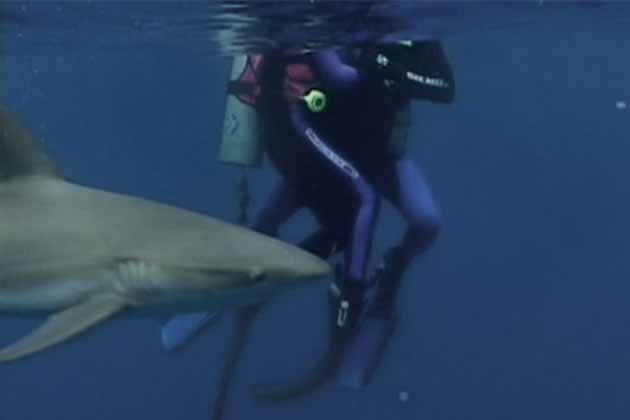
A movie about a couple getting stuck in shark-infested waters makes for an exciting story, but it definitely wasn't an expensive one. Released in 2003, it only took about $130,000 to complete Open Water. However, when it hit the big screen, it was a runaway success. The film ended up bringing in $55 million.
The film was financed by the husband and wife team of writer/director Chris Kentis and producer Laura Lau. They were both avid scuba divers and wanted to tell the real-life story of Tom and Eileen Lonergan (although the movie itself is loosely based on their tale). After it was well-received at the Sundance Film Festival, Lions Gate spent an extra $8 million on distribution and marketing.
Once

Once is a movie that has everything you could possibly want. It has romance, music, and plenty of Irish accents. This film, which follows two musicians from Dublin was made for only $150,000, but it would go on to gross almost $10 million at the box office. That's not even the thing that shocks us the most.
Once only took 17 days to film, which was much longer than the original five minutes it took John Carney to outline the entire movie. After hearing that, it may not be a stretch to learn that a lot of the dialogue was improvised. Who knew that Once would go on to win an Oscar?
Eraserhead
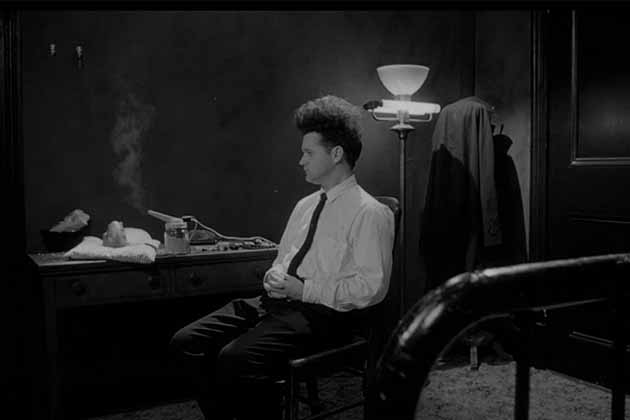
David Lynch has never shied away from the weird, and that’s completely apparent to anyone who has watched his feature-length debut, Eraserhead. It follows the surreal story of a man, his monstrous child, and...the woman who lives in his radiator? It’s best to not ask questions...unless you’re talking money. Lynch spent only $100,000 to make Eraserhead, but it brought in over $7 million.
Lynch likely didn't expect his film would spawn a whole new genre of movies, either. It inspired films like the Coen brothers' movie Barton Fink as well as Alien, Pi, and Requiem for a Dream. The popularity of Eraserhead also allowed Lynch to go on and make Twin Peaks, Blue Velvet, The Elephant Man, and Mulholland Drive.
Pi

Darren Aronofsky wrote and directed a weird movie? Consider us utterly surprised. But before his freaky hits like Black Swan and Mother!, there was Pi. This 1998 thriller about an obsessed mathematician only took $68,000 to make, but it brought in over $3 million--making its money back almost 50 times over!
Pi itself was financed with small investments made by Darren Aronofsky's friends and family. It took five years for him to raise enough money to make his masterpiece. In order to save money, the crew also filmed in places illegally since they couldn't afford to get the necessary permits. It all worked out in the end, and everyone who invested got plenty of money out of it.
She's Gotta Have It

She’s Gotta Have It was Spike Lee’s directorial debut in 1986. This black and white comedy followed a woman dating three men and took only $175,000 to make. When it was released, it brought in more than $7 million. Thankfully, Spike Lee was able to pay for some of the film using grants, although it was just a drop in the bucket for what he needed to finish filming.
The New York State Council on the Arts gave $18,000, the Jerome Foundation granted $10,000, while the Brooklyn Arts and Cultural Association gave Lee $500. The rest of the money came from Lee's family. Thankfully, the cast agreed to work on She's Gotta Have it for deferred payments. To make ends meet, Lee showed a rough cut at NYU and ended it by saying, "I'm Spike Lee, and I hope you liked the film. I'll be calling you soon about becoming financially involved in helping us complete it."
El Mariachi

Robert Rodriguez felt so strongly about his low-budget hit, El Mariachi, that he participated in clinical drug trials to raise $7,000 for its budget. Although he had only intended to release the film as direct-to-video in Mexico, Columbia pictures picked it up and gave it the love and attention it deserved. It would go on to bring in $2 million.
El Mariachi showed that creativity, ingenuity, and determination could make a huge success. The whole movie was filmed with (at most) a two-person crew. Like other filmmakers have done in the past, Rodriguez showed where the money went for his movie. Most of it (a hefty $2,824) went to post-production for things like video transfer and color correction. Acting fees were a mere $225.
Monsters

Monsters was the low-budget debut for writer and director Gareth Edwards. Whether it was beginner's luck or Edwards' brilliance, this sci-fi horror movie more than made up its $500,000 budget at the box office. Critics and audiences alike loved it, and it ended up bringing in over $4 million!
In order to make his film the best it could be, director Gareth Edwards decided to embrace the beauty and intensity of the Mexican jungle. Like many of the directors on this list, he didn't exactly have permission, but who needs permission anyway? The original cut of Monsters was over four hours long, but after eight months of editing, it was trimmed to 94 minutes.
The Evil Dead

The original 1981 Evil Dead (is easily one of the best horror movies that have ever been released, and it launched the careers of writer/director Sam Raimi (Spiderman), producer Rob Tapert (Darkman and Timecop), and Bruce Campbell. Can you believe that it was made for just $350,000? With that, the film made $2.7 million at the box office in the United States (and $29.4 million worldwide).
Even today, it still holds a 98% approval rating on Rotten Tomatoes, and acclaimed author Stephen King called the original Evil Dead “the most ferociously original horror film of the year.” Interestingly enough, Raimi, Tapert, and Campbell had all collaborated on short films throughout college, so making this movie was a cinch after funding was provided.
Monty Python and the Holy Grail

Monty Python and the Holy Grail is the movie that most people think of when they think of Monty Python. With how many scenes and beautiful shots were created (even in 1975), it's hard to believe that the film had a $400,000 budget. That makes us wonder how they got the castle scenes. Regardless, the film made $5 million at the box office.
Even today, Monty Python and the Holy Grail remains the most accurate (although satirical) representation of Thomas Malory’s Arthurian legend. That means the film can be watched for education and entertainment. In 2011, it was the second-best comedy of all time in ABC's special Best in Film: The Greatest Movies of Our Time.
Enter the Dragon

Today, Enter the Dragon is the most successful martial arts movie ever made, and it's probably the one that introduced most people to the genre (as well as Bruce Lee). The movie was made on an $850,000 budget, but it made over $350 million at the box office. After inflation, that’s over $1 billion today!
In 2004, Enter the Dragon was selected to be preserved in the United States National Film Registry by the Library of Congress as being "culturally, historically, or aesthetically significant." Enter the Dragon would later open the doors for Jackie Chan, Chuck Norris, and Jean Claude Van Damme. It also helped Karate Kid significantly.
Moonlight

Moonlight has won many awards at this point, including the 2017 Oscar for Best Picture. That’s a massive honor, for sure! However, did you know that it also won other awards, like the most frugal best picture? It was made on a $1.5 million budget. That sounds like a lot, but for 2016, that’s nothing. In comparison, some of the other movies made that year include Rogue One ($220 million budget), Deadpool ($58 million budget), and Suicide Squad ($185 million budget).
With that $1.5 million budget, Moonlight made $27.9 million at the box office in the United States and $65.3 million worldwide. Moonlight famously has a 98% on Rotten Tomatoes and a 99% on Metacritic. It's about a young black man growing up in Miami as he grows to manhood. He's guided by kindness, support, and love from the community that helped raise him.
The Hills Have Eyes

The Hills Have Eyes is…something else, but it has its place in film history. This Wes Craven film is about cannibalistic mountain folk who kidnap a family when they find themselves stranded in a southwest Californian Desert. The film itself was made on a measly $230,000 budget, but it made over $25 million at the box office.
The most terrifying thing about The Hills Have Eyes is that it was loosely based on a true story about a Scottish guy who was murdered and cannibalized by a group of people in the Middle Ages. Craven heard the story of Sawney Bean and immediately thought to adapt the story to the American West.
Saw
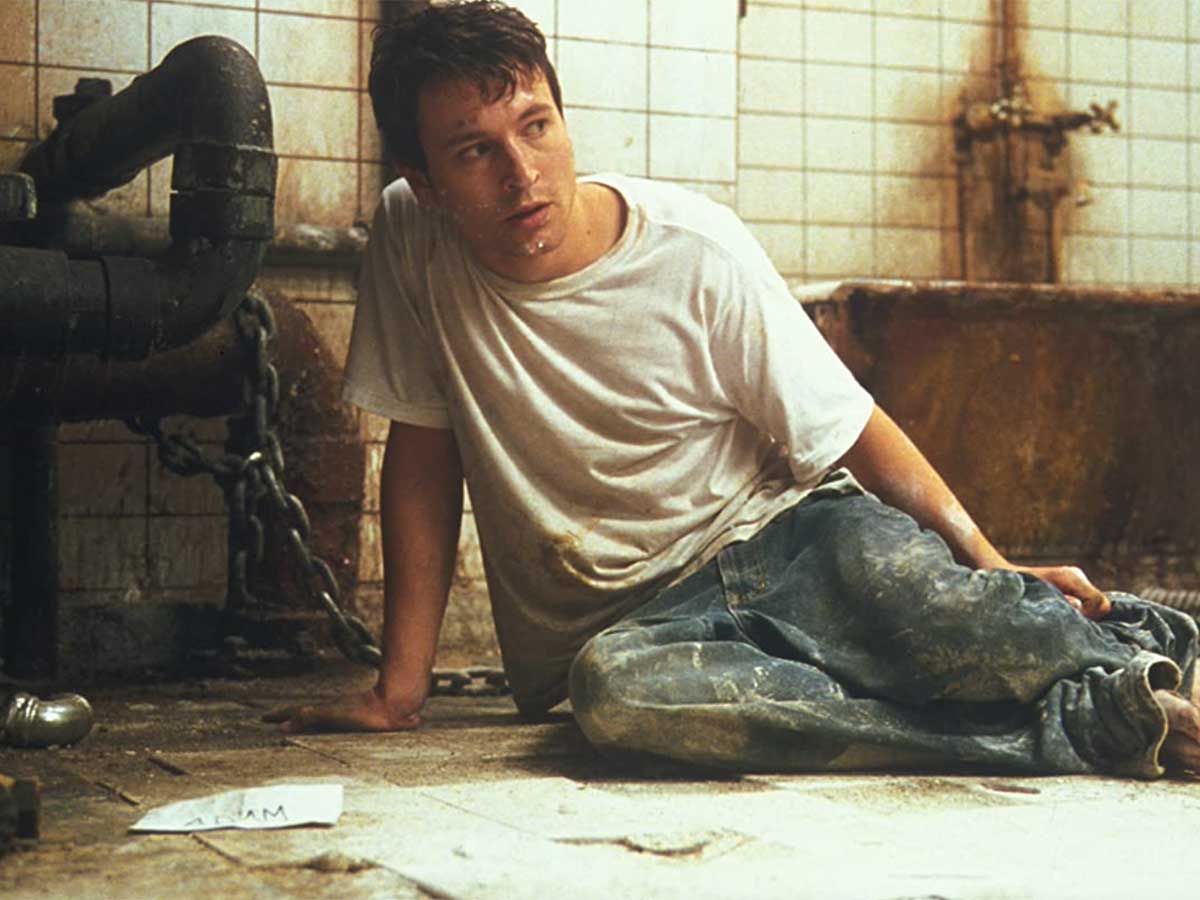
Love it or hate it, Saw made a cultural splash. Who knew that the original 2004 Saw film would spawn a total of ten movies! Especially since it had a small budget of $1.2 million. With that James Wan and the crew managed to get $103.9 million at the box office. Now that’s what we call a remarkable return on investment!
The movie itself was filmed in a fast-paced 18 days. Saw was inspired by another movie on the list, The Blair Witch Project. James Wan and Leigh Whannel saw The Blair Witch Project when it first came out, and it really shook them up. That was when the pair knew they wanted to make a movie with their own money.
12 Angry Men

First off, we do want to say that 12 Angry Men isn't considered a financial success according to the studio. However, we’d call making millions back from a small investment pretty great! This court drama was made on a $360,000 budget, and it only made $379 at the box office – no we didn’t forget any zeroes. It did make nearly $2 million in rentals.
Why is it on the list? Because of rentals, but it also spawned an entire genre that would later give us great films like Dark Waters, The Lincoln Lawyer, and other courtroom dramas. It also showed many filmmakers how to create tension without having a lot of action and movement. Lumet recalled the way he shot the film was to show that “not only were the walls closing in, [but] the ceiling was as well.”
The Breakfast Club

The Breakfast Club is absolutely massive today, and it’s one of John Hughes’s most memorable films. The remarkable part is that the movie was made on a $1 million budget. With that money, The Breakfast Club amassed over $51.5 million at the box office. That’s quite a bit of bank to earn for a bunch of angsty teens.
The Breakfast Club would go on to inspire other movies (many Hughes classics) like Pretty in Pink, Some Kind of Wonderful, Stand By Me, Dead Poets Society, Say Anything, and many more. We also can’t forget that “Don’t You (Forget About Me)” was written for The Breakfast Club. The sad fact is that it didn’t win any major awards, but we won’t forget about how huge it is.
Easy Rider

Easy Rider was a groundbreaking 1969 biker film that was directed by Dennis Hopper. The movie blazed a trail for independent filmmakers and ushered in a new wave of cinema. That's a lot for a movie on a $400,000 budget! That didn't stop Easy Rider from earning a whopping $60 million at the box office.
Easy Rider would go on to influence and encapsulate the hippie movement at the end of the '60s. Today, the Criterion Collection refers to the movie as “the definitive counterculture blockbuster.” One way Hopper saved money was by using “found” music. This means using pre-recorded music on the radio from the top artists of the time like Bob Dylan, Steppenwolf, and Jimi Hendrix.
Insidious
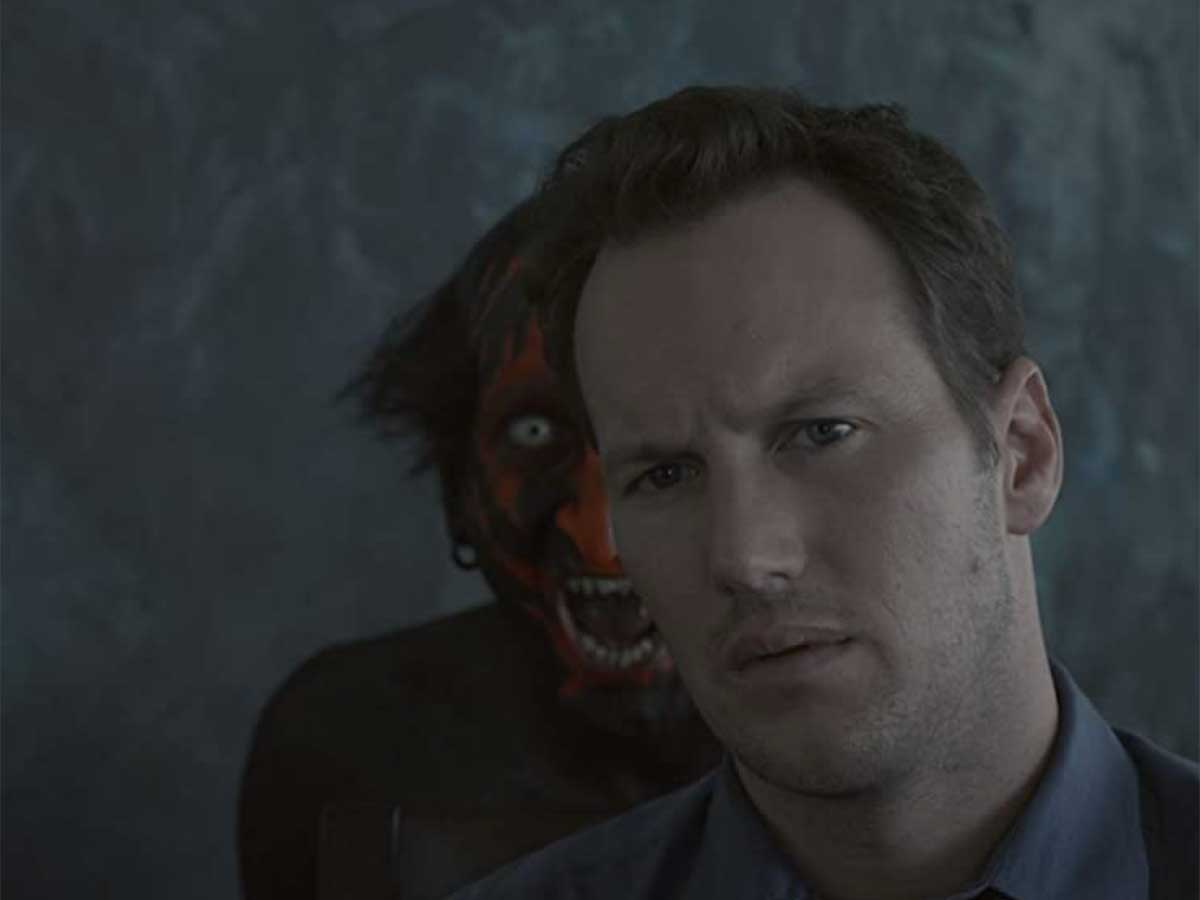
Insidious may not keep you up at night (or it might, who knows?), but it's definitely a great film. Another entry from James Wan, Insidious was made on a $1.5 million budget and earned $99.5 million at the box office. James Wan is certainly a superstar of making fantastic, engaging films on the tiniest of budgets!
By watching the movie, it may not be much of a surprise to learn that Insidious came from one of the best horror movies ever made – Poltergeist. The most notable comparisons can be seen with Elise. She's clearly a call-back to Dr. Lesh, played by Beatrice Straight. That being said, Insidious has its own flair that makes it absolutely amazing.
Honorable Mention: Star Wars: A New Hope
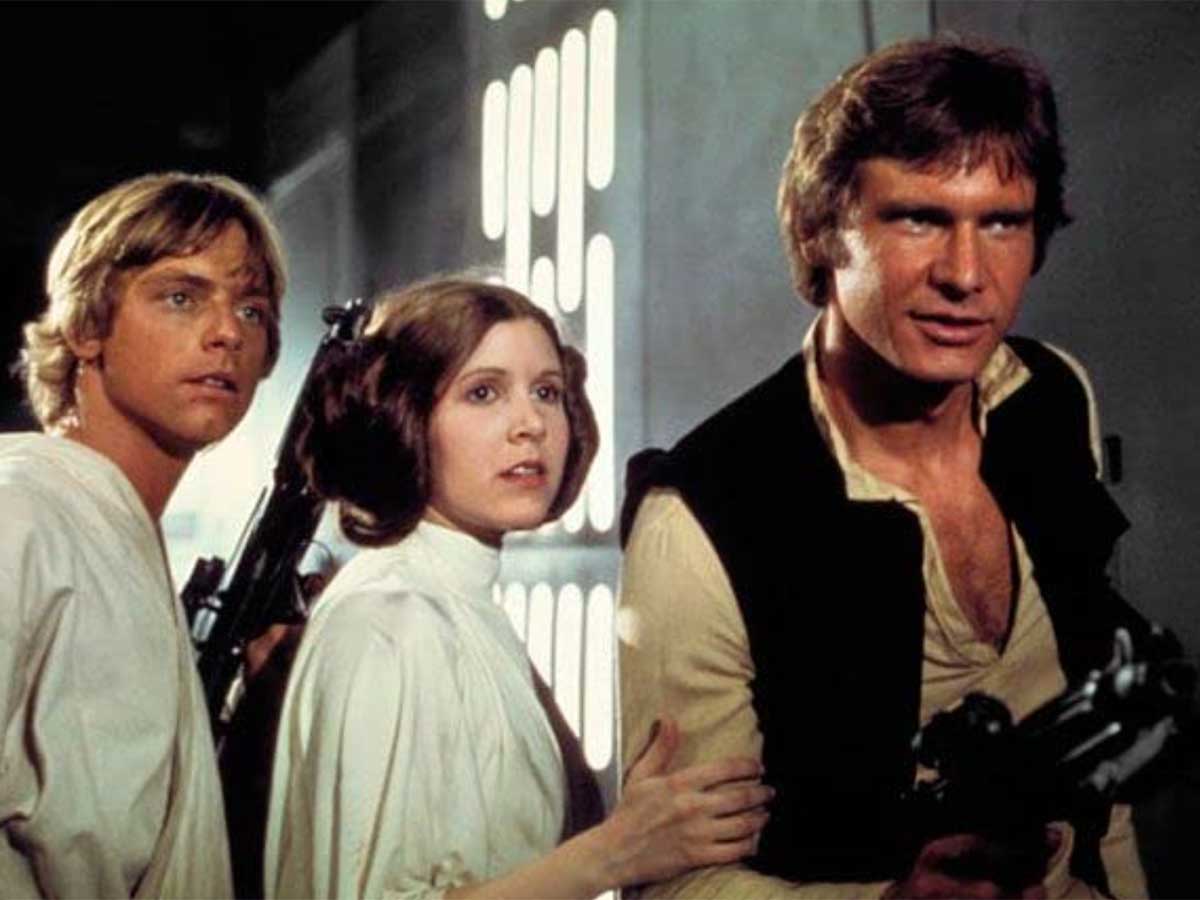
Whether or not Star Wars: A New Hope is low budget is up for debate. The original Star Wars movie was made on $11 million, which is the most on the list. However, Mark Hamill also famously calls it, “the most expensive low budget movie ever made.” It is also half as much as some of the other blockbuster hits that came out at the time.
Originally, the movie was supposed to cost $7.5 million, but it ballooned to $11 million. With the extra money, Lucas was told to show every penny on screen, which he did. The actors famously got paid very little. In fact, some were paid in a percentage of earnings, which turned out to be a better decision than taking money upfront. The box office for Star Wars: A New Hope was $775.8 million.
 Author
Ron Winkler
Last Updated: November 21, 2023
Author
Ron Winkler
Last Updated: November 21, 2023
